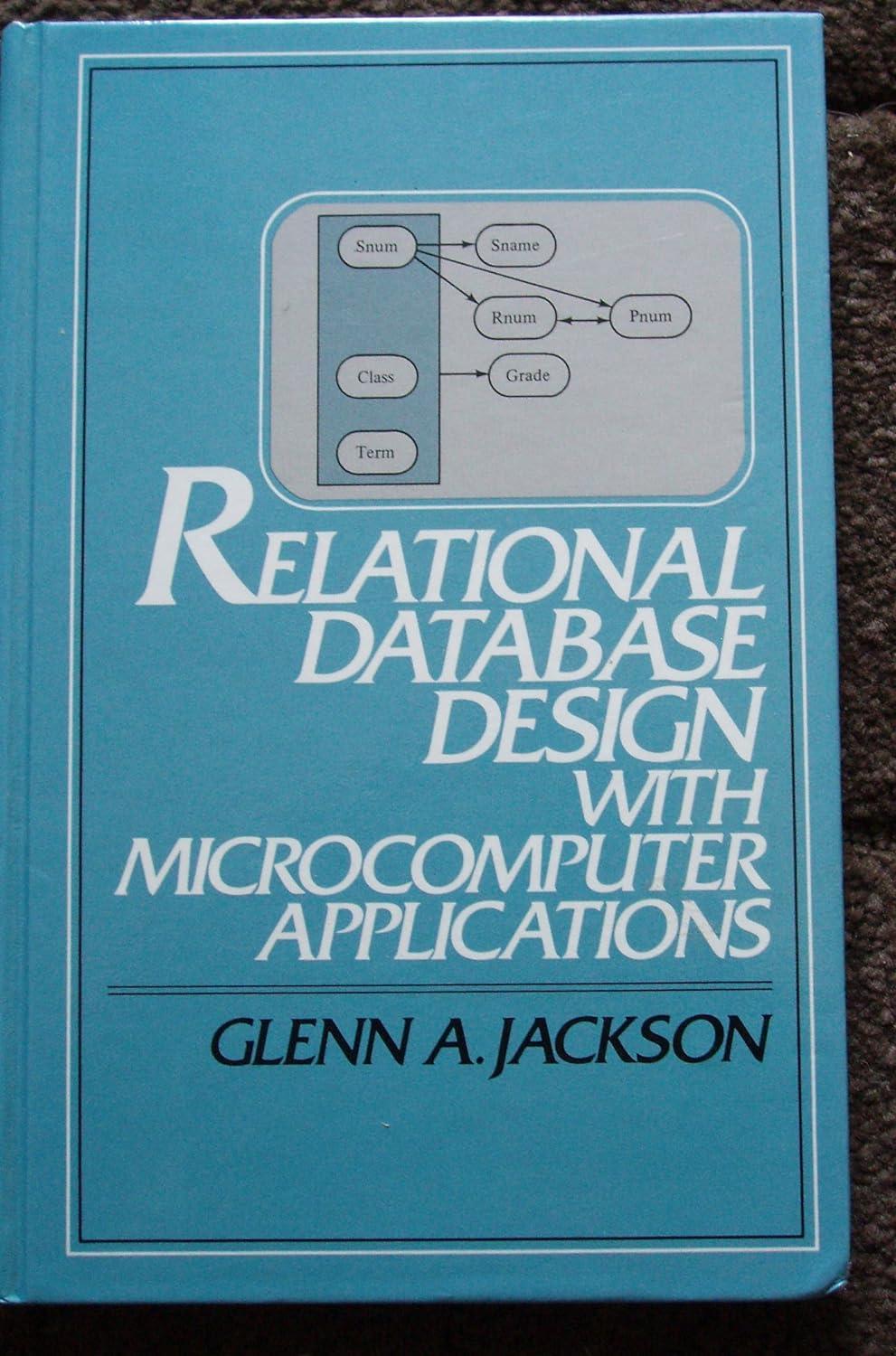Answered step by step
Verified Expert Solution
Question
1 Approved Answer
HW 5 Theory + SVM PAC Learning and VC dimension ( 3 0 pts ) Let X = R ^ 2 . Let C =
HW Theory SVM
PAC Learning and VC dimension pts
Let XR Let
CHhrrxxxxr@xxr for rr
the set of all origincentered rings.
pts What is the VCH Prove your answer.
pts Describe a polynomial sample complexity algorithm L that learns C using H State the time complexity and the sample complexity of your suggested algorithm. Prove all your steps.
In class we saw a bound on the sample complexity when H is finite.
mepsi lnHlndelta
When H is infinite, we have a different bound:
mepsi logdelta VCH logepsi
pts You want to get with confidence a hypothesis with at most error. Calculate the sample complexity with the bound that you found in b and the above bound for infinite H In which one did you get a smaller m Explain.
Step by Step Solution
There are 3 Steps involved in it
Step: 1

Get Instant Access to Expert-Tailored Solutions
See step-by-step solutions with expert insights and AI powered tools for academic success
Step: 2

Step: 3

Ace Your Homework with AI
Get the answers you need in no time with our AI-driven, step-by-step assistance
Get Started


